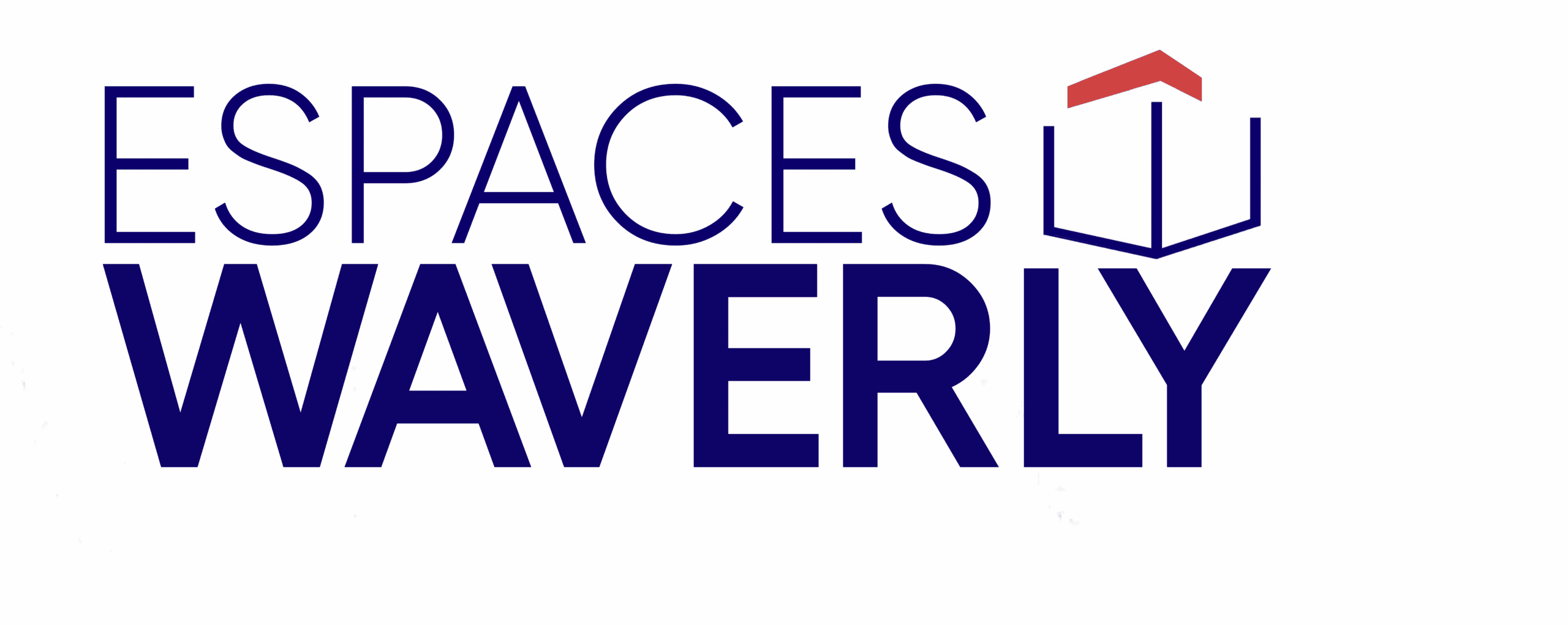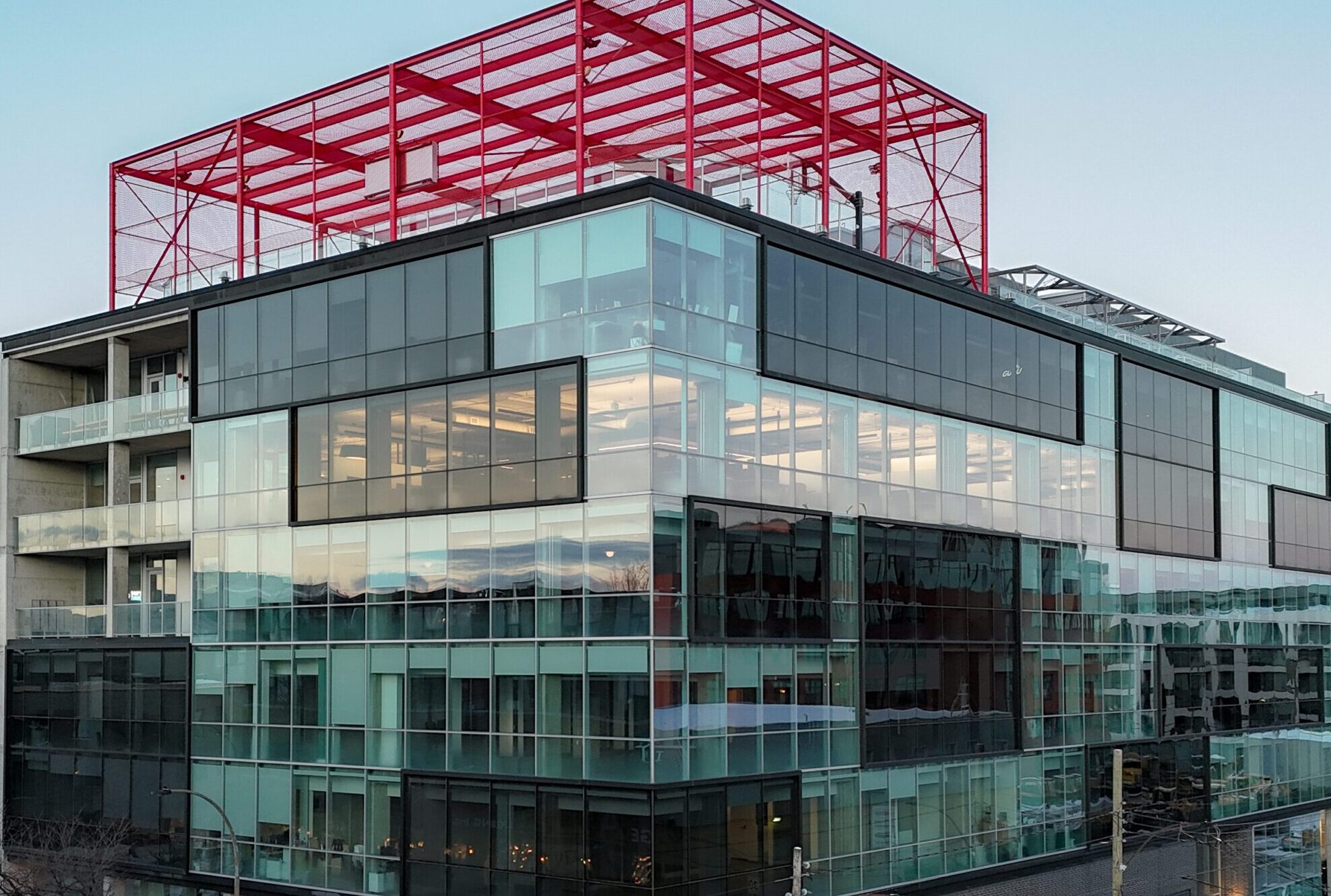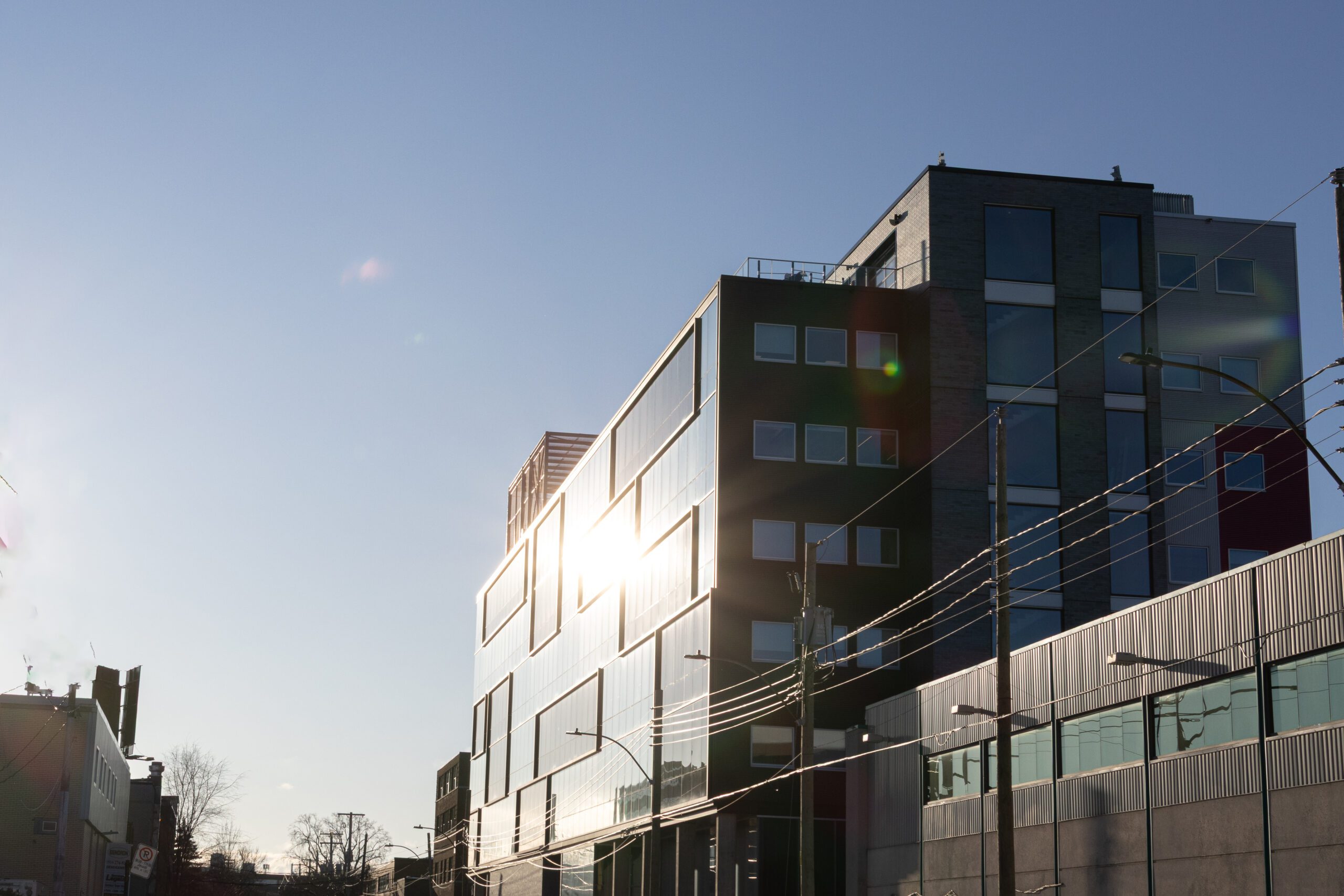Working practices have changed considerably in recent years. Remote working, hybridization, and the rise of flexible office spaces have transformed the way companies approach workplace organization. At the heart of this transformation is one major concern: sustainability. In a world where combating climate change and reducing carbon footprints have become priorities, flexible offices cannot simply offer modular and practical solutions. They must also meet environmental requirements. A workspace is no longer judged solely on its location or design, but also on its ability to limit its ecological impact.
This article takes an in-depth look at how flexible spaces can become green and sustainable, highlighting concrete practices that reduce their environmental footprint. We will address the issues of materials, energy efficiency, soft mobility, waste management, and the role of users themselves in this process. The aim is to show that a flexible office is not only an economic and organizational solution, but also a powerful lever for a more responsible future.
Materials and space design
The sustainability of a flexible space begins with its design. Architectural choices and the materials used have a direct impact on the ecological footprint. Opting for recycled, recyclable, or responsibly sourced materials reduces dependence on virgin resources and limits production-related emissions. FSC-certified wood, low-carbon concrete, eco-friendly paints, and flooring made from recycled materials are concrete examples of solutions already adopted by several players in the sector.
Beyond materials, the design of spaces also plays a crucial role. Flexible offices are characterized by their modularity, and this feature can be exploited in a sustainable way. A space designed to be reconfigured as needed reduces the need for frequent construction and renovation work. Less demolition means less waste and reduced resource consumption. Movable partitions, modular furniture, and easily removable or reusable fixtures fit perfectly into this approach.
The aesthetics of a space can thus be combined with environmental awareness. Contrary to popular belief, a sustainable space does not have to sacrifice design or comfort. On the contrary, natural materials, plants integrated into the design, and natural light enhance both the user experience and the sustainability of the space.
Energy efficiency and consumption reduction
Another key factor in minimizing the environmental footprint of a flexible space is energy consumption. Buildings account for a significant portion of global greenhouse gas emissions, so optimizing them is crucial. Green flexible offices typically incorporate smart energy management systems. These can include occupancy sensors that automatically adjust lighting and air conditioning, programmable thermostats, or LED lighting, which is much more efficient than traditional light bulbs.
The issue of natural light is also key. By maximizing openings, skylights, and the orientation of workspaces, the need for artificial lighting during the day is reduced. This architectural choice not only limits electricity consumption but also improves employee well-being, who benefit from a more pleasant working environment that is closer to natural rhythms.
Renewable energy production is another lever. Some spaces incorporate solar panels or heat recovery systems to reduce their dependence on fossil fuels. Even if not every flexible office can produce its own energy, it can still choose suppliers that focus on green energy, thereby contributing to the energy transition at the local level.
Finally, ventilation and heating systems can be optimized to minimize losses. Good insulation, regular equipment maintenance, and sensible use of air conditioning are all measures that, when combined, significantly reduce the energy footprint of a space.
Sustainable mobility and accessibility
The sustainability of a flexible space is not limited to its walls. It also depends on how users get there. An office located in an area with poor public transport links often forces its occupants to use their private cars, thereby increasing CO₂ emissions. Conversely, a space that is accessible by public transport, bicycle, or even on foot promotes soft mobility and reduces the collective ecological footprint.
More and more flexible spaces, such as Espaces Waverly, are incorporating this thinking into their layout and services. Proximity to subway lines, bus stations, and bike paths is becoming a determining factor in tenants’ choices. Some also offer secure bicycle parking, charging stations for electric vehicles, and incentives for carpooling.
Sustainable transportation is not only beneficial for the environment, it also contributes to the well-being of users. Commuting to work by bike or on foot promotes daily physical activity, reduces traffic-related stress, and creates a more harmonious connection between work and the urban environment. Flexible offices can therefore play an active role in promoting new, more responsible travel habits.
Waste management and circular economy
The issue of waste is central to sustainability. In a space where several companies coexist, resource consumption can be significant, particularly in terms of paper, supplies, disposable tableware, and IT equipment. Sustainable flexible offices must implement effective waste sorting and reduction systems.
This can involve installing clearly labeled recycling bins, eliminating single-use plastics, or providing reusable tableware in shared kitchens. Some companies go even further by installing compost bins for food waste, thereby transforming a constraint into a resource for surrounding green spaces.
The circular economy is also an avenue worth exploring. Furniture, for example, can be sourced from reuse channels or designed to be recycled at the end of its life. Rather than throwing away used equipment, spaces can organize collections or partnerships with organizations specializing in reuse. This circular approach not only reduces waste, but also gives resources a second life.
The role of users and corporate culture
A flexible, green, and sustainable space cannot function solely on the basis of its architecture or technology. Users play an essential role. Sustainability relies on a shared culture, where everyone is aware of their impact and adopts responsible behaviors.
This involves small everyday actions: turning off the lights when leaving a room, limiting paper printing, choosing reusable cups over disposable ones, and sorting waste correctly. Individually, these actions may seem insignificant, but collectively they make a significant difference.
Flexible space managers also have an educational and awareness-raising role. By communicating best practices, displaying visual reminders, or organizing workshops on sustainability, they encourage a collective dynamic. Companies that rent these spaces can themselves integrate these initiatives into their culture, thereby strengthening their employer brand among their employees and customers.
Conclusion
Flexible, green, and sustainable spaces are not a passing trend, but a necessity in the face of today’s environmental challenges. By rethinking the design of spaces, optimizing energy efficiency, promoting soft mobility, adopting responsible waste management, and actively involving users, it is possible to significantly reduce the ecological footprint of offices.
For players such as Espaces Waverly, this commitment is not just a matter of image. It is a genuine social project that combines innovation, responsibility, and well-being. In a world where companies are increasingly judged on their overall impact, choosing a sustainable flexible office is becoming both a strategic and ethical decision. Workspaces are no longer just places where tasks are performed: they now embody values, visions, and a commitment to the future.
By adopting this approach, flexible offices are not only helping to transform the world of work, but also shaping a more sustainable city and society. The ecological footprint then becomes an opportunity to rethink the way we work, not as a constraint, but as a driver of innovation and collective progress.


